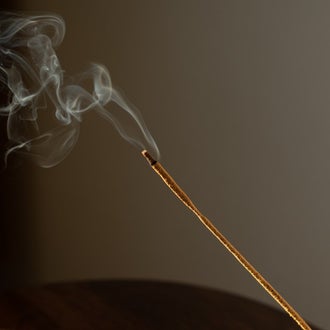Questions regarding links between cancer and burning incense are common, with masses of misinformation found online. Well, you’re in the right place, we’re here to answer all your questions and tackle those misconceptions around cancer. Now, incense...
Chris from Melbourne, Victoria, Australia asked:
I read online about a study that linked heavy incense use with cancer. Should people stop burning incense to avoid this risk? "
The largest study so far, looking at incense use and cancer, tracked the health of 61,000 people in Singapore.
The study showed that incense use is safe in normal amounts and risk of cancer is very small, if at all.
Other studies have found that burning incense indoors increases the levels of chemicals called polycyclic aromatic hydrocarbons (PAHs), which have been linked to cancer. Burning any sort of organic material, whether tobacco leaves, coal or an incense stick – produces PAHs. The mere presence of PAHs is not a risk, it comes down to the amount.
Burning incense is safe in normal amounts. Anyone wishing to avoid potential risks could consider burning incense only in situations with good ventilation.
iHeard hub
Thank you for joining the mission against misinformation
If you’ve heard a rumour about cancer, or are unsure about information you’ve read online, ask your own cancer question via the iHeard hub.
We want everyone to have the correct information about cancer so if you know anyone else with a cancer question, why not let them know about iHeard?

